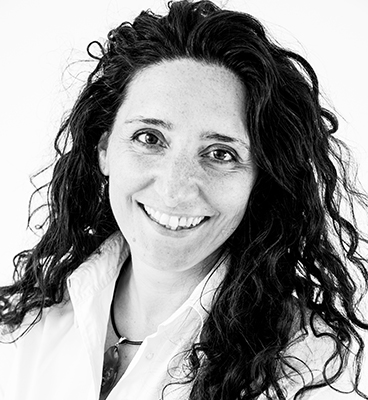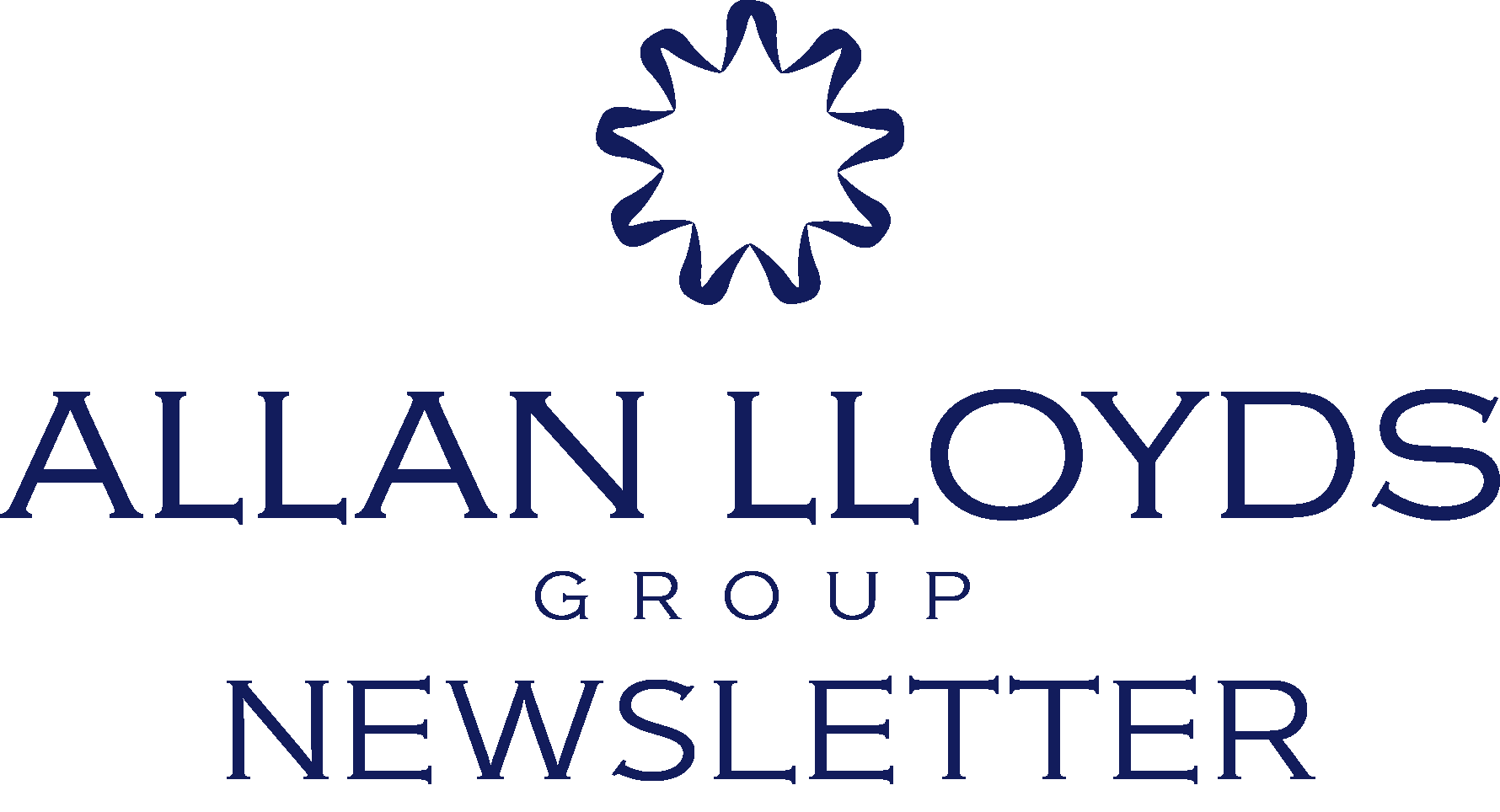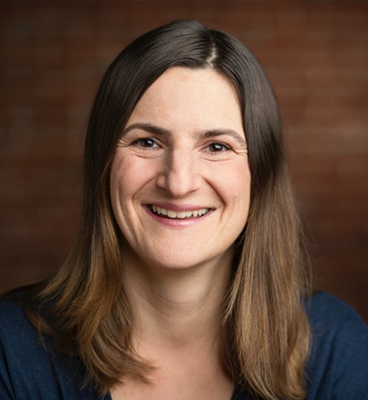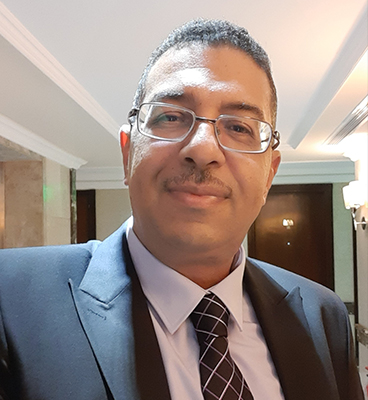
Navigating Choppy Waters of Chemical Supply Chain: Cornerstones of Modern International Trade
The intricacy of the international trade environment should not be overlooked. What is the significance of legal responsibilities, digitalisation, and productive cooperation among all parties involved, in the sourcing industry?
- On: December 19, 2023

Lennart Heip
How can collaborating with international partners and regulatory authorities impact the process of chemical sourcing?
International Trade, whether you buy or sell products internationally, is always a complex process. Both parties in any transaction need to do their part to ensure the transaction runs smoothly. This requires collaboration between buyer and seller, but also with all service providers that assist in transporting the goods, like transport companies, freight forwarders, customs brokers and so on. No single party can be successful in isolation.
In addition to these commercial relationships, when crossing borders, regulatory authorities come into play as well. They have the authority to stop goods from leaving (export) or entering (import) the country that they represent. This is not to prevent legitimate trade but to protect the safety, security, and genuine interests of their country. Exercising this authority is based on the information provided by all commercial parties involved, and aligns with local and international legislation, so collaboration is necessary and essential in trading internationally.
Based on your experience, what digital tools and the latest technologies affect decision-making in international trade, risk assessment, and logistics optimisation?
In essence, both in trade compliance and in logistics, digitalisation is providing and processing automatically the right data in the right way at the right time to facilitate the physical movement of goods. But, depending on the process, the tools and technologies can be vastly different. Visibility of where the goods are and prescriptive analytics that propose or even automatically execute the most appropriate action based on intelligence derived from the data, is most relevant in optimising logistics. The physical activity of loading, moving, and unloading goods will always remain, but the efficiency in the chain, ensuring the right resources are available at exactly the right time to execute these physical processes, can greatly benefit from these digital tools and processes. This eliminates or reduces waiting times and deploys resources in the most efficient and, hence, most economical and ecological way. The most advanced tools in this space will combine location data with AI, augmented by risk assessment of external events, and decision engines to drive the proper processes.
In Trade Compliance, the tools need to be able to assess the legality of a transaction before it takes place and prevent the transaction if it is in breach of legislation. This requires an exact view of current legislation and mapping of the Supply Chain. Most of these tools will need to be deterministic in nature, as there are no real grey zones in international trade legislation. The only space that is more heuristic in nature and may benefit from AI would be matching partners in the Supply Chain with lists of prohibited parties to ensure blocking and releasing the right transactions. This requires a measure of risk analysis to filter out those parties where a full investigation is needed. This investigation will require human intervention to ensure the right parties are excluded from the trade or, inversely, the right blocked orders are released.
How have you assessed the risks associated with global trade in recent years, particularly geopolitical concerns, and supply chain disruptions?
The international trade environment has become vastly complex, with the speed of change increasing all the time.
Some supply chain risks have become embedded in legislation, like UFLPA in the US and SC3D in the EU. Evaluating and mitigating these risks is now a legal obligation.
Other geopolitical risks have also been rooted in compliance requirements, for example, through the multiple sanction packages issued against Russia and retaliatory tariffs between the US and China. And some risks, like the recent slough of coups in West Africa, require self-imposed measures. Independently of the category the risk falls under, it must be identified and remediated. This has become an increasingly complex and resource-intensive exercise for many companies.
The global open economic environment we have enjoyed, and the resulting globalisation throughout the nineties, nillies and a good part of the second decade of the 21st century, is clearly a thing of the past. Trade will increasingly be between like-minded nations, with more and more supply chains friendshoring. Multiple sourcing of critical components, however, is not always feasible; vulnerability to supply chain disruptions is always a risk, and resilience is now a natural part of supply chain design and planning. This makes the elevation of risk management in the supply chain to the board rooms of many corporations a thing to stay.
It is a great pleasure to welcome Lennart Heip at our 6th Annual Supply Chain & Logistics in Chemical/Petrochemical Summit, which will take place on 22 – 23 November 2023 in Amsterdam.
Join us to hear his insightful case study: “From Reactive to Proactive – How Dow Transformed Its Processes in Container to Deal with the Turbulent Logistics Situation Post Pandemic”
Short Speaker BIO:
Lennart Heip is the senior director of international trade operations for Dow and, as such, has global responsibilities on strategy, tools and work processes for container and air transport, and customs and trade compliance. Lennart has held this role now for 3.5 years. Previously in Dow, he held responsibilities in Manufacturing, EH&S, Supply Chain and IT. He has been with Dow for 22 years. Before that time, Lennart worked for a Domestic Sewage Treatment company in Flanders and stayed 1 year working in Belgium at Ghent University, where he obtained a master’s degree in chemical engineering in 1992.




